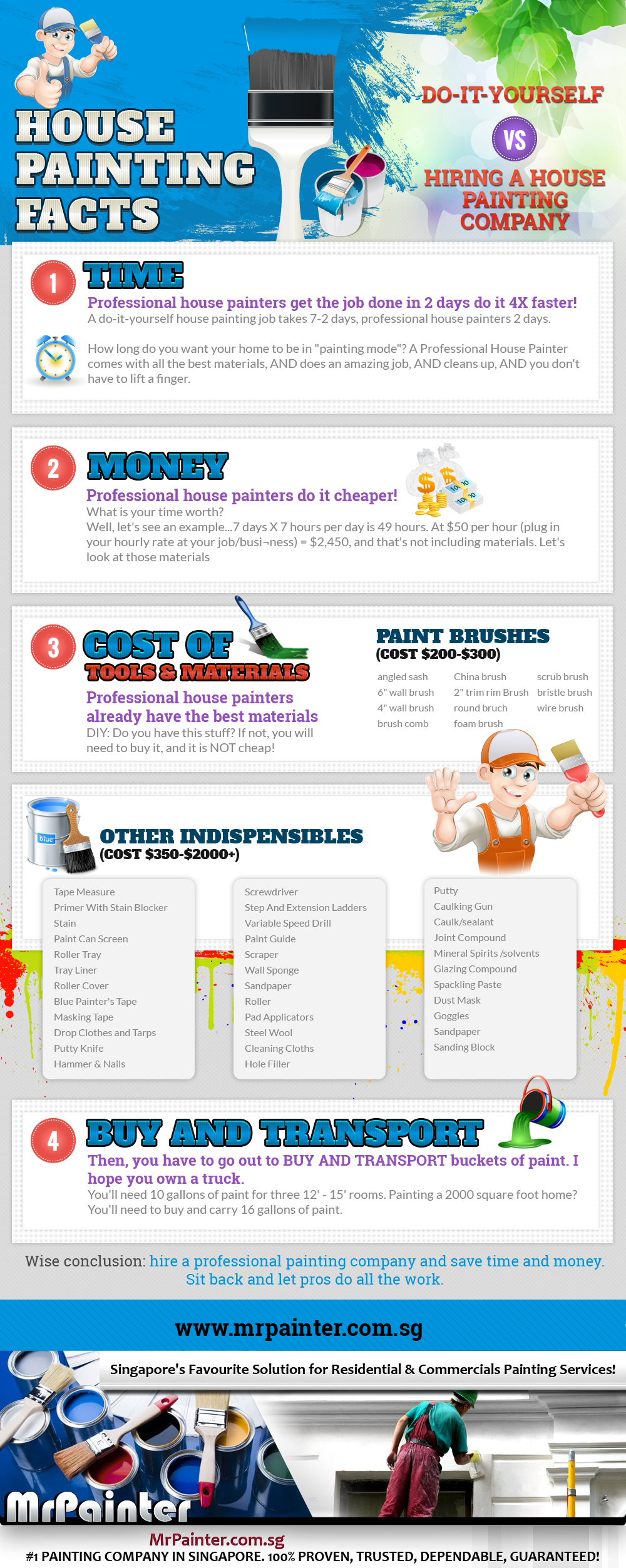Factors To Take Into Consideration For Commercial Outside Paint By Period: Crucial Information You Should Have
Factors To Take Into Consideration For Commercial Outside Paint By Period: Crucial Information You Should Have
Blog Article
Material Created By-Korsholm Decker
When you're preparing a business external paint job, seasonal variables can make or break your results. You'll wish to think about how temperature and moisture effect paint application and drying out times. Selecting the right period can guarantee your paint sticks appropriately and lasts longer. However which periods are truly the very best for this type of job? Let's check out the key elements that can influence your task's success.
The Impact of Temperature on Paint Application
When you're planning a commercial exterior painting task, the temperature level can significantly influence how well the paint adheres and dries out.
Preferably, you wish to paint when temperatures vary between 50 ° F and 85 ° F. If it's also cool, the paint may not treat properly, resulting in problems like peeling or breaking.
On the flip side, if it's too warm, the paint can dry out as well swiftly, preventing appropriate adhesion and leading to an unequal coating.
https://riverepdru.blogcudinti.com/34425417/increase-your-home-s-visual-appeal-the-benefits-of-using-specialist-residence-paint-solutions need to additionally think about the moment of day; morning or late afternoon uses cooler temperatures, which can be more beneficial.
Constantly inspect the producer's recommendations for the certain paint you're utilizing, as they often supply advice on the suitable temperature level array for optimum outcomes.
Moisture and Its Effect on Drying Times
Temperature level isn't the only environmental variable that influences your industrial external painting job; moisture plays a considerable function as well. recommended can slow down drying times substantially, affecting the general top quality of your paint job.
When the air is filled with moisture, the paint takes longer to heal, which can lead to issues like bad attachment and a higher danger of mildew growth. If you're painting on an especially moist day, be gotten ready for prolonged wait times between layers.
It's critical to monitor neighborhood weather and strategy accordingly. Ideally, aim for humidity degrees between 40% and 70% for ideal drying.
Keeping these consider mind ensures your project remains on track and provides a long lasting surface.
Best Seasons for Commercial Outside Paint Projects
What's the best season for your industrial external paint tasks?
Spring and early fall are commonly your best bets. Throughout these periods, temperature levels are moderate, and moisture levels are frequently reduced, producing perfect conditions for paint application and drying out.
Stay clear of summer season's intense heat, which can create paint to dry also quickly, leading to bad attachment and finish. In painting contractor , wintertime's chilly temperatures can impede appropriate drying and treating, running the risk of the long life of your paint job.
Go for days with temperatures in between 50 ° F and 85 ° F for ideal results. Keep in mind to examine the regional weather prediction for rainfall, as wet problems can spoil your task.
Preparation around these factors guarantees your paint job runs efficiently and lasts longer.
Verdict
In conclusion, planning your business outside painting tasks around seasonal factors to consider can make a significant difference in the result. By scheduling work during the perfect temperatures and humidity levels, you'll ensure much better attachment and drying out times. Keep in mind to keep an eye on local weather prediction and pick the correct time of year-- springtime and early fall are your best choices. Taking these steps will help you accomplish a resilient and professional finish that lasts.
